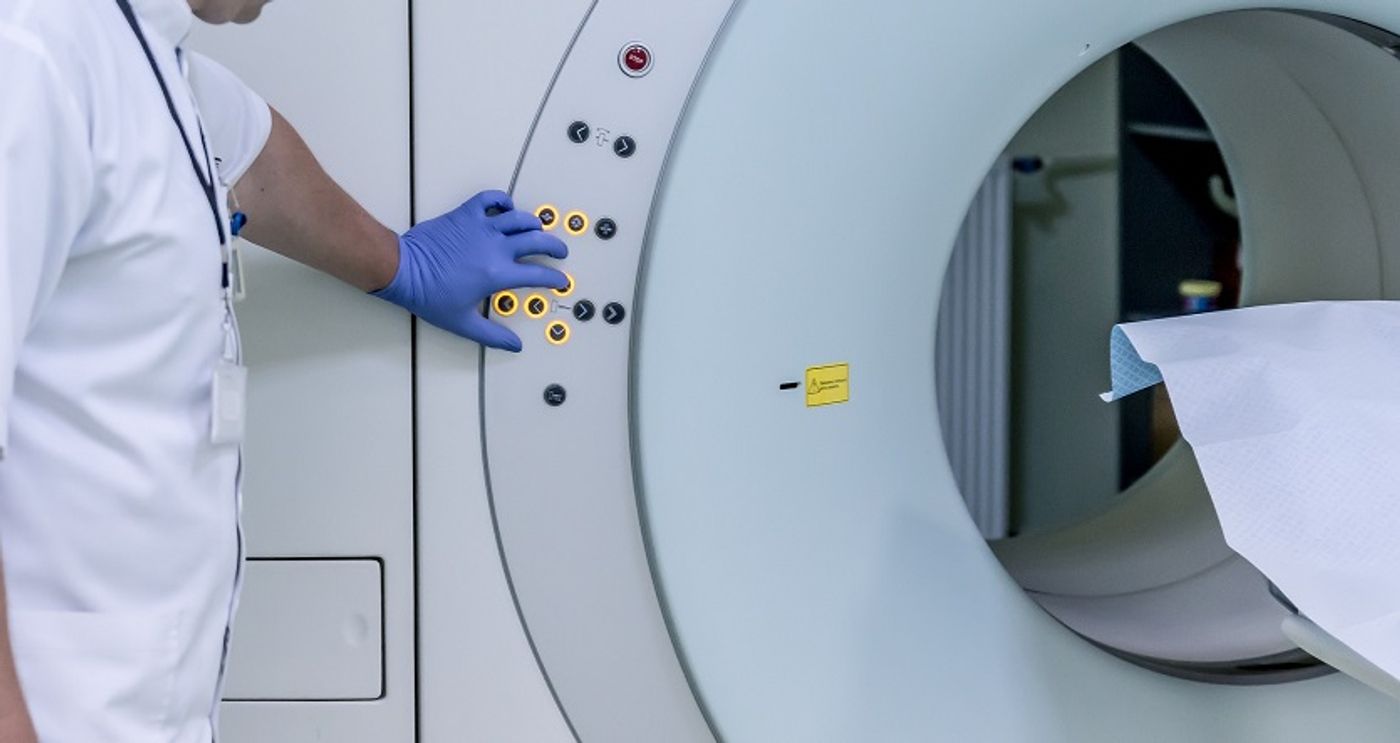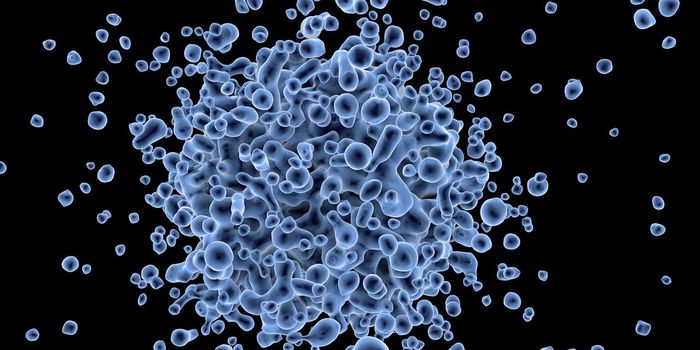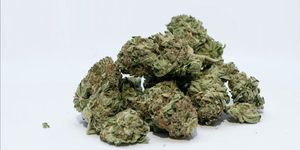Identifying Robust Tumor Features for Better Radiomics
With the advancement of technology comes the renovation of classical medical techniques. Diagnostic is one of the areas seeing a significant overhaul, with biological, mechanical, and computational advances making new tests far more effective, at least in theory.
Radiomics has emerged as one of the potential diagnostic technologies to replace biopsies in cancer. It utilizes an MRI, alongside specially designed analytical software, to look at the actual physiological features of tumor. Biopsies take physical sample from a tumor to test, which can give incomplete results as tumors are sometimes “layered” with varied compositions. Radiomics would be a non-invasive method with better results, however, these methods are still new and need to be validated for effectiveness and usability.
A new study from Maastricht University in the Netherlands sought to identify “robust” features from two commonly used radiomic programs. These features would be strong tumor features that don’t change from tumor to tumor. They had an experienced radiologist, a radiologist in training, and both a medical and Ph.D. student perform the tests. The resulting data would be analyzed for features that were consistently present regardless of program or operator.
The study gathered data from 129 breast cancer patients and used the programs RadiomiX and Pyradiomics to identify the type of breast cancer for each patient. Operator variability was fairly consistent regardless of experience. They highest variability was seen in the “challenging” tumor group, where “easy” tumors were far more uniform.
To identify “robust” features, they looked through and identified features that were consistently in the data. Analysis of each program revealed 41.6% of the features in the RadiomiX data were “robust”, while 32.8% were robust in Pyradiomics. These numbers decreased significantly when looking at “challenging” tumors, inferring a weakness in the tests for more complex tumors.
This study identified a list of robust features, independent of the test operator. These features changed depending on the complexity of the tumor being analyzed. The team hope this list may help develop more automated analyses, which would speed up the process and take out inter-operator variability all together.
The study concludes, “In conclusion, this study shows the intuitive notion that more complex, challenging tumors lead to less robust features” and “Ultimately, this study identified a list of robust radiomics features, which is independent of inter-observer segmentation variability in breast MRI for two commonly used software.”
Sources: Nature Scientific Reports, Alpha Grid









